A council in Australia killed the impounded animals to prevent volunteers at an animal shelter from travelling to pick them up and potentially spreading the virus.
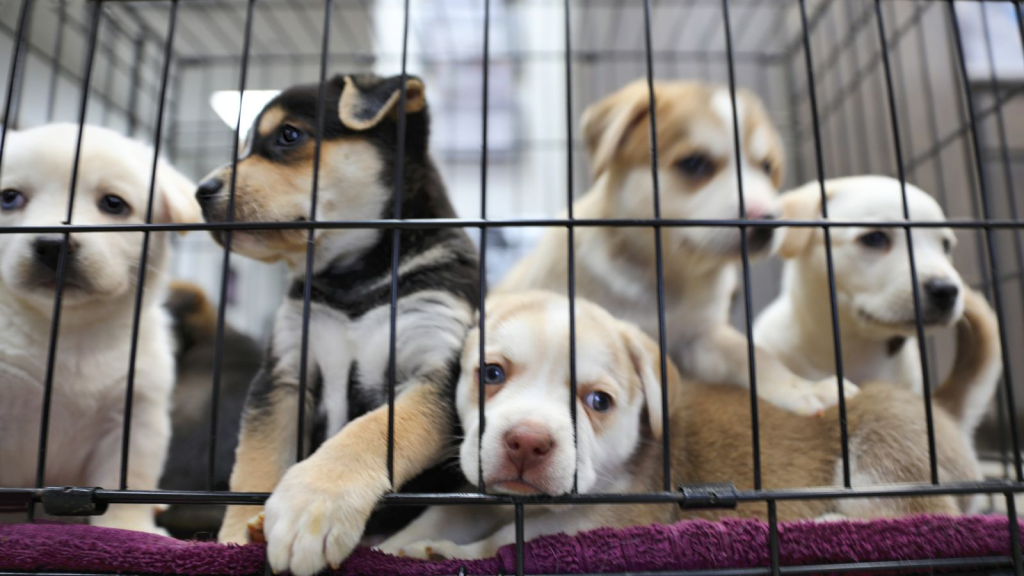
Fifteen rescue dogs, including 10 puppies, have been shot dead by a rural Australian council under its interpretation of coronavirus restrictions.
Bourke Shire Council in New South Wales destroyed the canines, which had been at its pound, to prevent volunteers at an animal shelter from travelling to pick them up and potentially spreading the virus.
“The council decided to take this course of action to protect its employees and community, including vulnerable Aboriginal populations, from the risk of COVID-19 transmission,” the Office of Local Government, a government watchdog, told The Sydney Morning Herald.
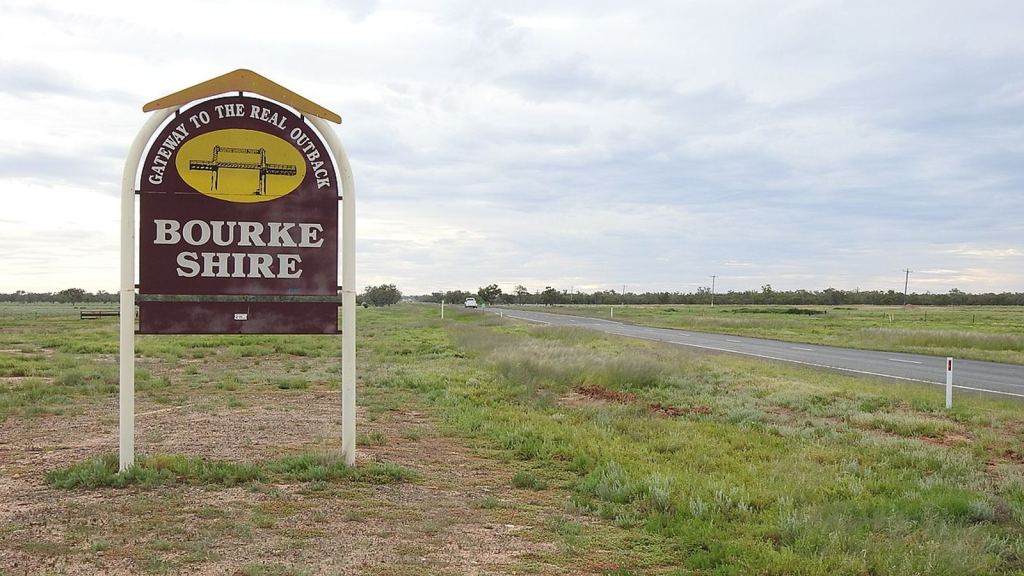
The spokesman said officials were investigating whether any animal cruelty laws had been broken.
Five of the dogs had been housed at the pound since early August and one of the dogs then had 10 pups.
The council said staff became concerned for the welfare of the animals due to overcrowding at the pound and two of the dogs attacking one of the others.
A source said the shelter volunteers were distressed and already had COVID-safe measures in place to handle the dogs.
And comedian Ricky Gervais has expressed his disapproval of the killings on social media.
Bourke Shire Council told ABC News the dogs were euthanised because the rescue organisation was from another local government area and they had concerns about people from other communities entering Bourke.

All of regional New South Wales has “stay-at-home” orders in place due to COVID-19.
The council said it had contacted its usual dog rehomer, who is based in the same area, but they were unable to come to Bourke.
The shelter that was supposed to receive the dogs declined to comment.
Animal Liberation regional campaign manager Lisa Ryan has called for an urgent investigation.
“We are deeply distressed and completely appalled by this callous dog shooting and we totally reject [the] council’s unacceptable justifications that this killing was apparently undertaken as part of a COVID-safe plan,” she said.
Australia has recently seen a surge in COVID-19 cases, forcing the country’s largest city, Sydney, to extend its lockdown through September and impose tougher restrictions, such as a curfew and a mask mandate outdoors.
Staff are allowed to work at animal shelters even when lockdown measures are in place, according to the Office of Local Government spokesman.
“Councils are also encouraged to continue to work with re-homing organisations and volunteers to care for animals, where that can be undertaken consistent with NSW Health advice,” he added.
A Pup’s Party of One: A Story of a Forgotten Birthday Bash.
In the world of our beloved pets, birthdays hold a special significance. It’s not just another day on the calendar, but rather a momentous occasion when love and affection abound, and tails wag with boundless excitement. Nevertheless, there’s a unique tale of a dog who has realized that sometimes, birthdays can be a lonely affair, even for our four-legged companions
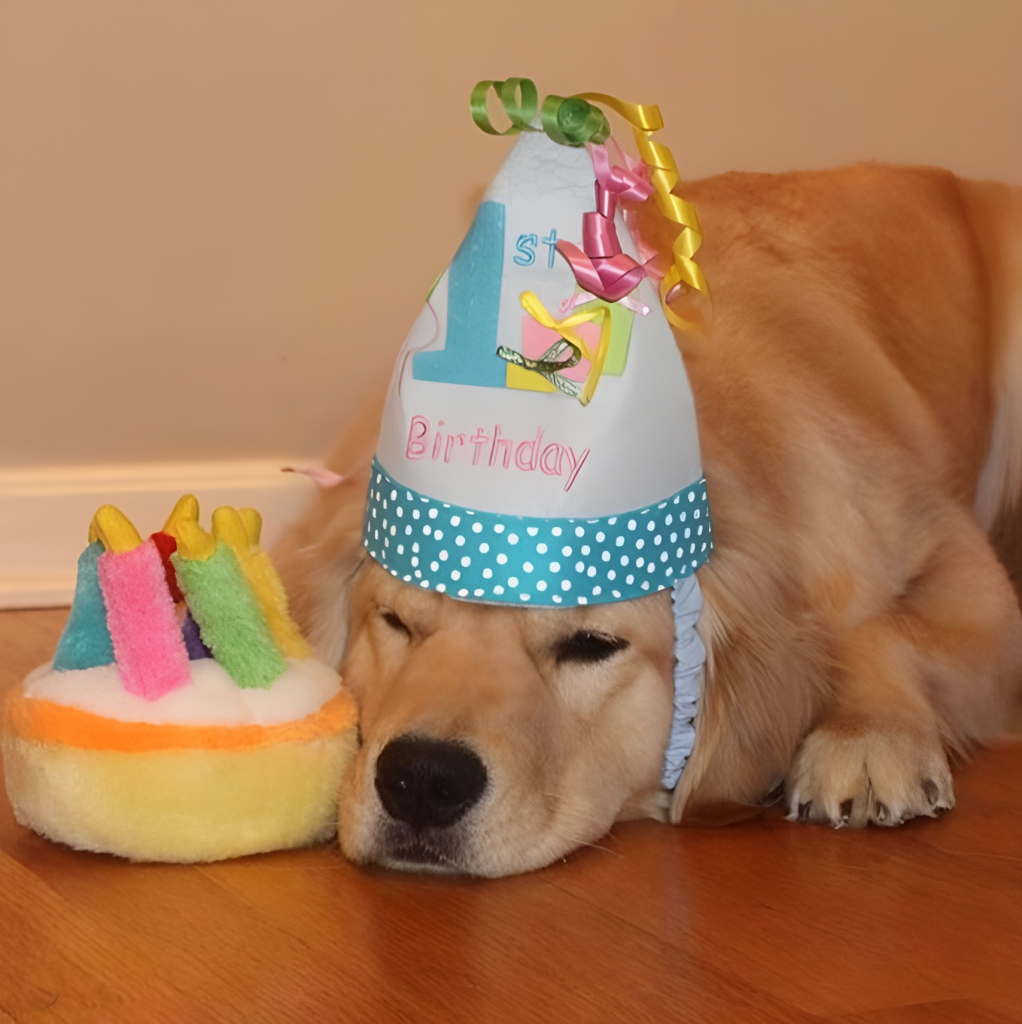
As the sun peeked over the horizon, a small furry friend with a wistful gaze welcomed the day. It was the dog’s special day, one that typically brings merriment, well-wishes, and a delectable cake decorated with glowing candles for humans. However, the dog noticed something peculiar – nobody seemed to remember. The hours ticked by, and the dog’s heart sank deeper into solitude, yearning for a pat on the head or a jubilant chorus of “Happy Birthday.” But alas, the silence remained. As the day progressed, the dog’s mind raced with questions, “Am I not significant? Does no one care?”

The dog’s heart felt heavy due to the absence of well-wishes from family and friends. It did not receive any cheerful phone calls, cards, messages, or even a simple text with a “Happy Birthday” message. As a result, the dog felt unimportant and forgotten. Despite this, the dog found comfort in the presence of its human. The familiar scent and reassuring presence of the person who had always been a source of love and support brought solace to the dog. In the absence of external celebrations, the dog sought joy in simple pleasures such as a gentle pat or a favorite treat.
However, the day lacked the festive atmosphere that is typical of birthdays. There were no balloons, streamers, singing, or laughter. The dog particularly missed having a birthday cake, a symbol of celebration and a treat that signifies a special day for both dogs and humans. The absence of the sweet, fluffy delight left a void in the dog’s heart.
Nevertheless, the dog found comfort in the furry companion by its side. Although equally uninterested in fanfare, the furry friend was content to share the solitude without judgment or disappointment. To this canine companion, the dog was simply a friend, perhaps feeling a little downcast but a friend nonetheless.

As the dog was alone, it began to contemplate the true meaning of birthdays. It realized that it had been placing too much importance on external validation and grand gestures. Birthdays were about more than just celebration; they were about connection, love, and being in each other’s company. The dog came to a realization that it was not unimportant or unloved, but instead valued for the everyday moments spent with its human and furry companion. This newfound appreciation filled the dog with gratitude for the companionship it had, instead of focusing on what it didn’t have on that particular day. As the day came to an end, the dog found comfort in the embrace of its human and the warmth of its furry friend. Although the day was not marked by extravagant celebrations, it was filled with simple togetherness and the profound understanding that significance was not measured by grand gestures, but by the bonds we create and cherish every day. This valuable lesson was learned on a quiet, uncelebrated birthday, shared with those who truly mattered.
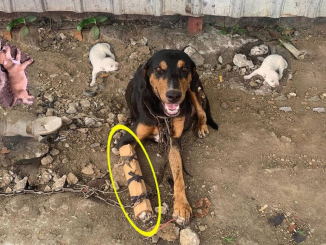
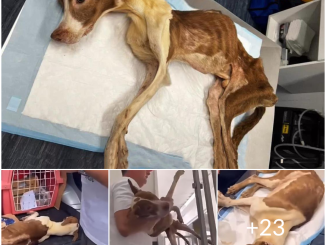
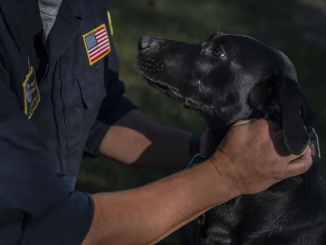
Leave a Reply